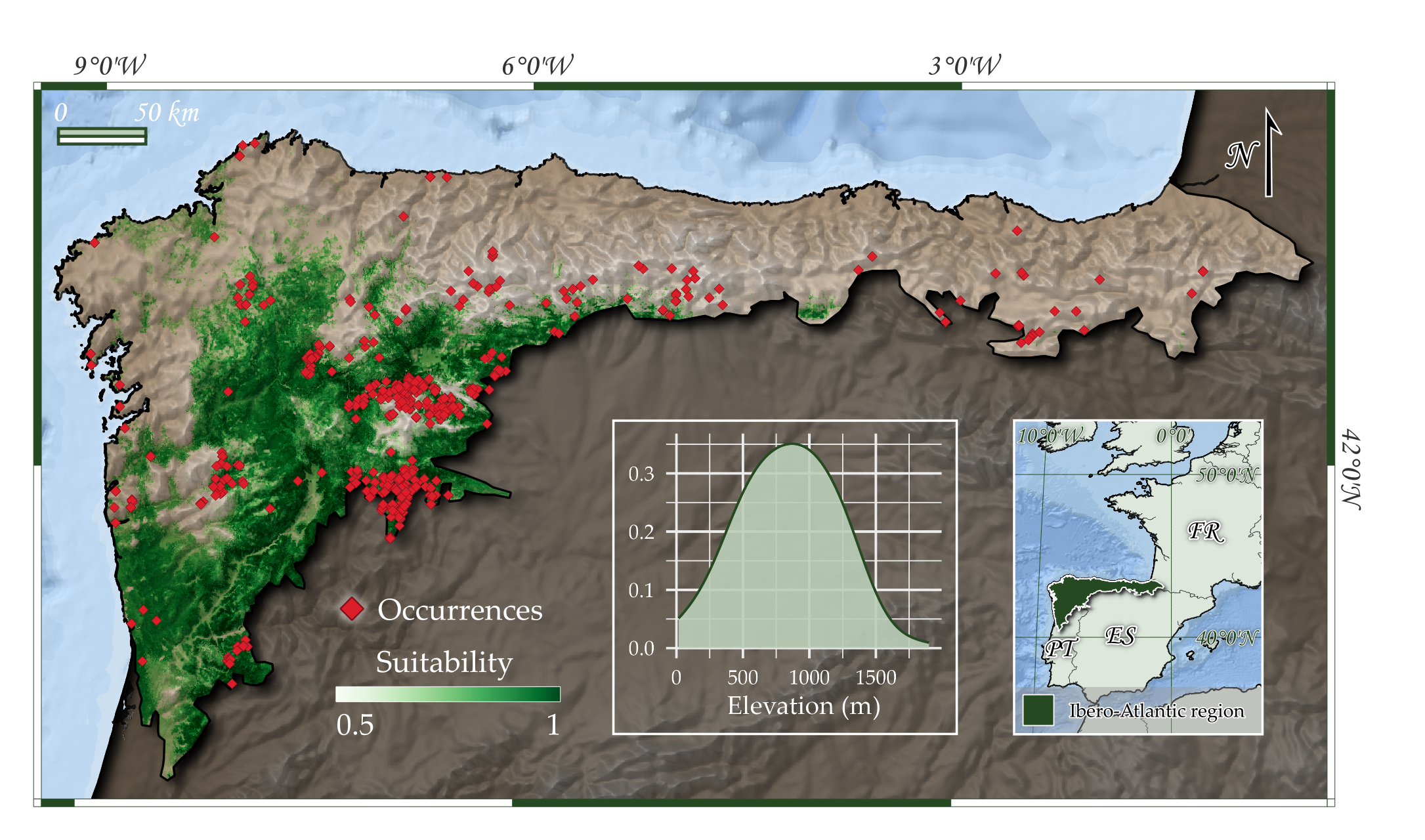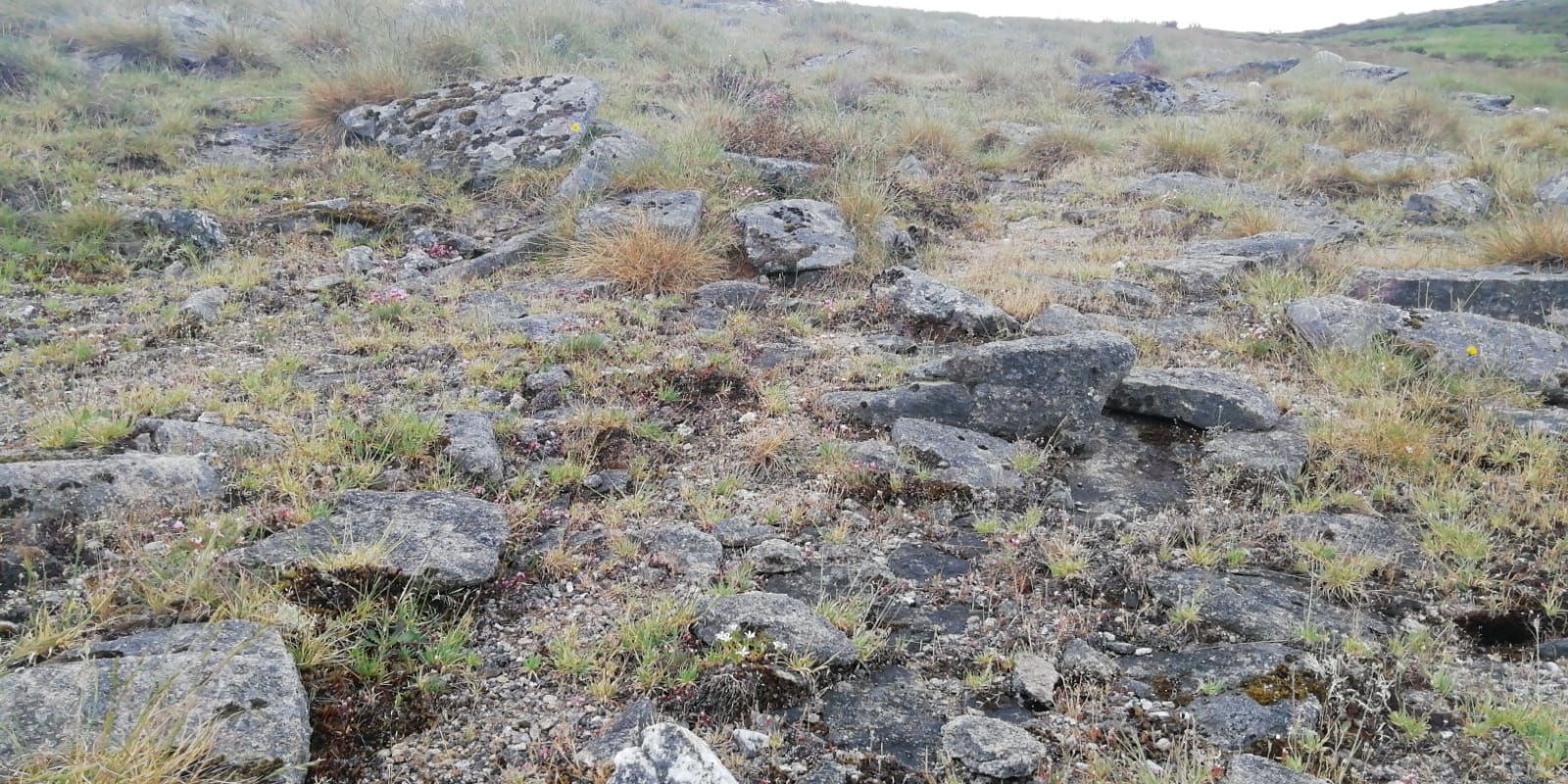R1R2 Supra-Mediterranean perennial siliceous grasslands
Description
Dominated by small mat-formers, tussock grasses, and forbs—including many annuals inhabiting the sandy clearings chronically generated by grazing, trampling and by the increased mortality that wind, soil creep or drought bring about in perennials and its seedlings (this sparsely vegetated clearings might be included in EUNIS unit R1N1, but most rélévés lump topgether both microhabitats, precluding a sound statistical distinction)—, this patched grassland, a calcifugous analogue of R1A4, occurs on shallow skeletal soils, nutrient-poor and drought-prone, developed in exposed areas at moderate to high altitudes on siliceous bedrocks (the intrinsically hostile ultramafic rocks enable occurrences at lower elevation). The habitat, rich in endemics, is a typical component of traditional pastoral landscapes grazed mostly by sheep, contributing to detain its evolution towards scrub referable to the blocks S33, S42 and S73.
Floristic Composition
Frequent species
Indicator species
Regional distribution

